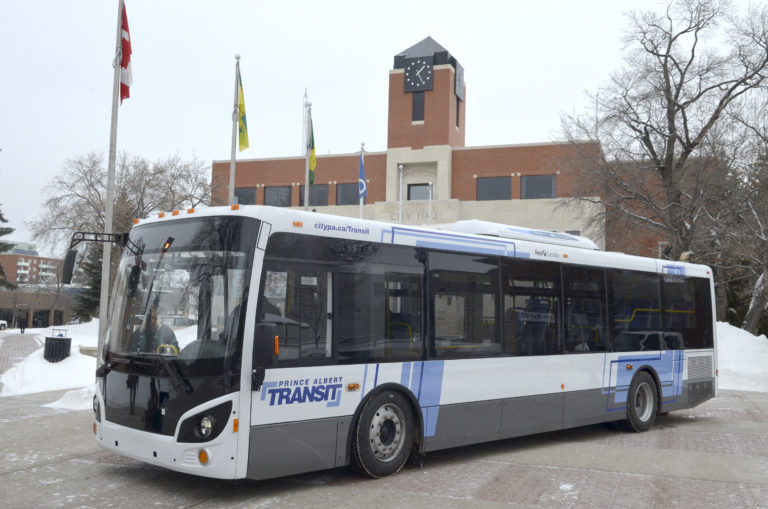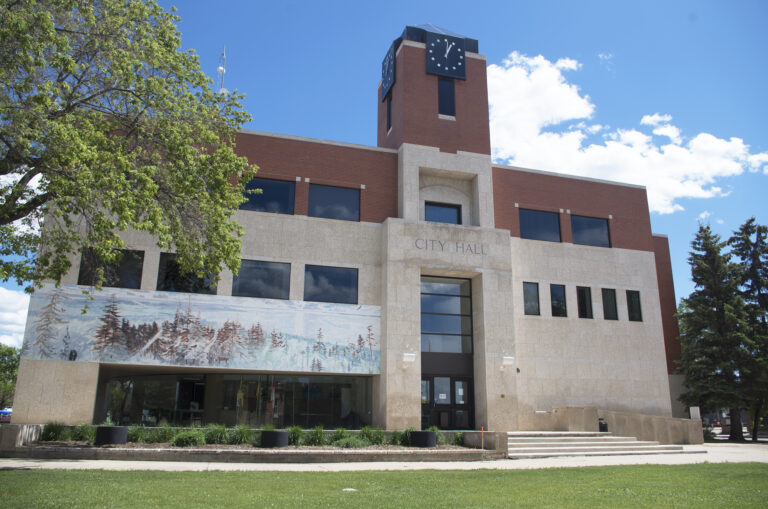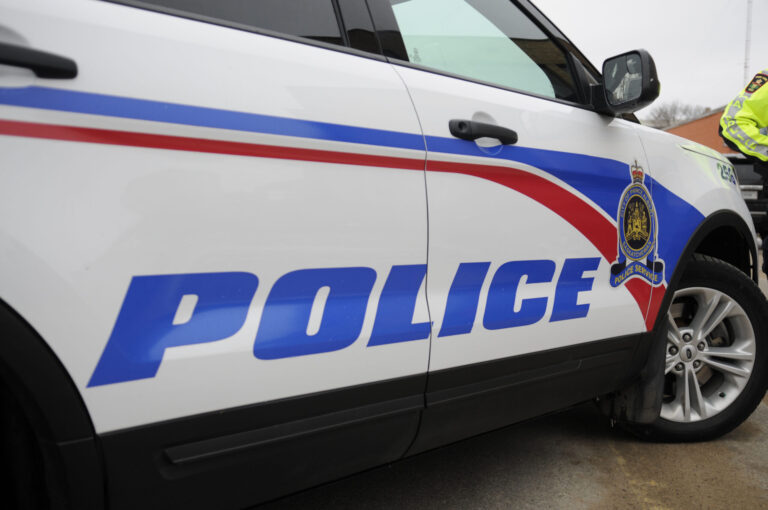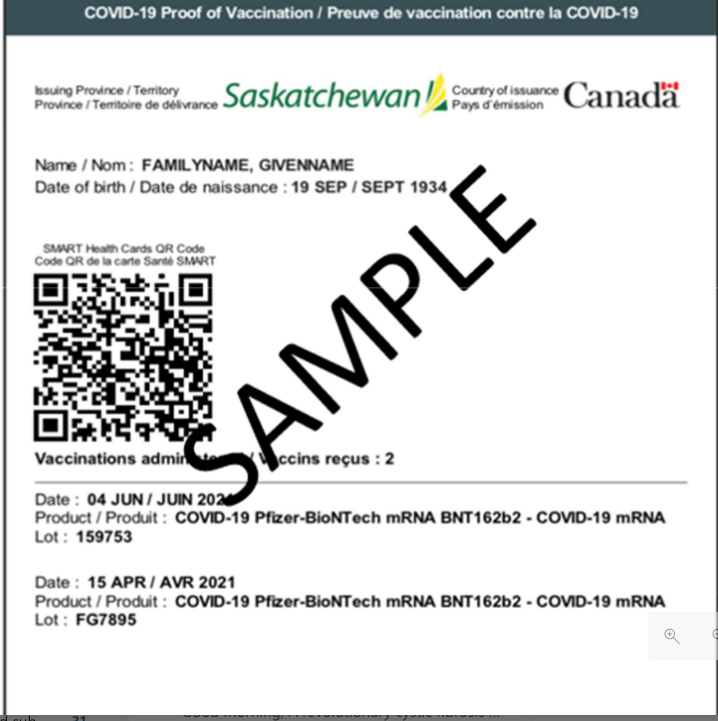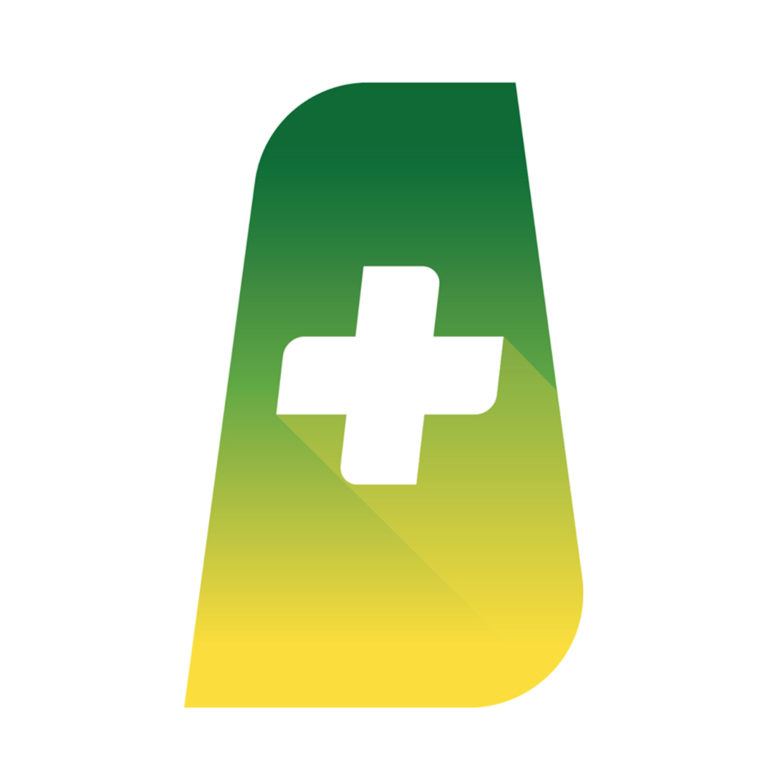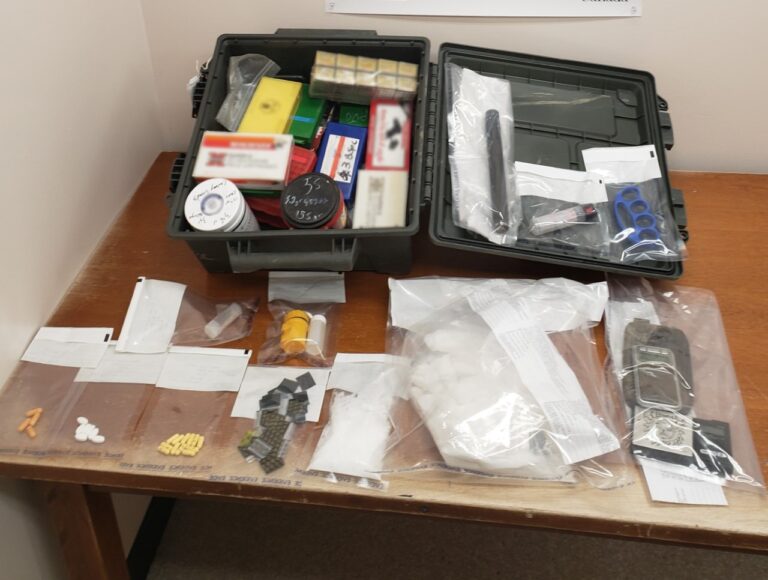Sub: One woman from Little Red, one from La Ronge, one wanted in Prince Albert.
A suspicious vehicle let Humboldt officers to a discovered of 1.16 kilograms of suspected methamphetamine, 37.9 grams of suspected GHB, drug trafficking paraphernalia and ammunition, brass knuckles and pepper spray.
Four people were arrested and charged, including Trinity Mackenzie, age 20, of Little Red River Cree Nation, Tyra Dawn Ratt, age 20 of La Ronge who was also wanted on outstanding warrants from Prince Albert.
On September 14, 2021 at approximately 1:30 p.m., Humboldt RCMP officers were patrolling in Bruno and saw a suspicious parked vehicle.
Officers approached the vehicle, which had four occupants in it, and observed a weapon in plain sight.
The vehicle was subsequently searched. Officer located and seized 1.16 kg of suspected methamphetamine, 37.9 grams of suspected gamma-hydroxybutyrate (GHB), drug trafficking paraphernalia, as well as ammunition, brass knuckles and pepper spray.
The four occupants were arrested.
Charges were as follows:
Trinity Mckenzie is charged with:
– 1 count, possession for the purpose of trafficking, Section 5(2), Controlled Drugs and Substances Act
– 1 count, possession of property obtained by crime, Section 354(1)(a), Criminal Code
– 1 count, obstruct police officer, Section 129(a), Criminal Code
– 1 count, fail to comply with probation order, Section 733.1(1), Criminal Code
– 1 count, fail to comply with release order, Section 145(5)(a), Criminal Code
McKenzie was also arrested on warrants from Saskatoon Police Service. She has appeared in court and will next appear on September 20, 2021.
Tyra Dawn Ratt is charged with:
– 1 count, possession for the purpose of trafficking, Section 5(2), Controlled Drugs and Substances Act
– 1 count, possession of property obtained by crime, Section 354(1)(a), Criminal Code
– 1 count, obstruction, Section 129(1), Criminal Code
– 2 counts, possession of a prohibited weapon, Section 91(2), Criminal Code
– 2 counts, fail to comply with release order, Section 145(5), Criminal Code
Ratt was also arrested on warrants from Prince Albert Police Service and Saskatoon Police Service. She has appeared in court and will next appear on September 20, 2021.
Victor Bairos age 54, of Saskatoon is charged with:
– 1 count, possession for the purpose of trafficking, Section 5(2), Controlled Drugs and Substances Act
– 1 count, possession of property obtained by crime, Section 354(1)(a), Criminal Code
– 1 count, possession of weapon contrary to order, Section 117.01(3), Criminal Code
Bairos has appeared in court and he will next appear on November 22, 2021.
Lindsay Siemens, age 58, of Saskatoon is charged with:
– 1 count, possession for the purpose of trafficking, Section 5(2), Controlled Drugs and Substances Act
– 1 count, possession of property obtained by crime, Section 354(1)(a), Criminal Code
– 1 count, possession of weapon contrary to order, Section 117.01(3), Criminal Code
Siemens has appeared in court and he will next appear on November 22, 2021.
and he will next appear on November 22, 2021.

